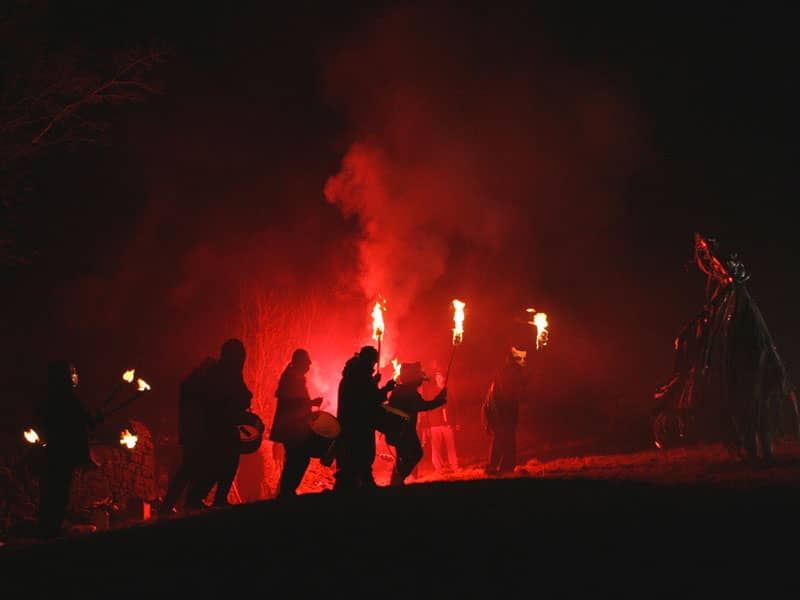The top level of the imposing building of light brown limestone features a permanent exhibition that highlights how spiritual beliefs and values merge with everyday life of native peoples across the Western Hemisphere.
"Spirituality is really a rather fundamental tenet of native life," said Richard West, director of the newest Smithsonian Institution museum. "It imbues everything, as far as I'm concerned."
The fourth-floor exhibition, "Our Universes," uses the spoken and written words of "community curators" to examine eight native communities, from the Lakota in South Dakota to the Mapuche in Chile.
"We are spiritual beings on a human journey," said Garry Raven, of Manitoba, Canada, who teaches about the Anishinaabe people located in the Great Lakes region and central Canada. "Everything has a spirit and everything is interconnected."
Emil Her Many Horses, curator of the "Our Universes" exhibit, spoke in an interview about what he gained from spending time with spiritual leaders and elders of the Yup'ik community in Alaska who were the last in their generation to be raised in what was called "the men's house."
"They said that that was ... comparable to their university or their church," he said. "It's where they learned all the lessons of life."
The curator said museum staffers met several times with elders and spiritual leaders of the featured communities, involving them in the review of the exhibit's design, scripts and use of media."Anytime we gathered and came together they wanted to have a blessing that went along with it to bless our work so that things went well," he said.
The well-lit individual exhibits on each community are off a darker, curved path with markings of the solstice calendar and simulated stars on a canopy above--reminders of native use of the sun, the moon and the stars to mark time long before calendars were used. Multiple entrances to each of the eight featured communities permit visitors to turn and twist through the colorful displays featuring videos, audio and the drums and decorative dress used in ceremonies and everyday activities.
The sacredness of most anything--from mountains to crops--is explained by the different community leaders.
Many of the spiritual references connect the current generation to those
preceding it. Mervin George Sr., a community curator of the Hupa people in
northwestern California, described the importance of the religious dances he
leads.
"When they leave this world, all the K'ixanay (ancestors) go to a place where they dance forever," he said. "So when we pray, we ask them to come back and dance with us. During this time, the world is being remade and all the ancestors are with us."
Other references to spirits from the past are included in a mini-exhibit on the Day of the Dead, in which a video shows people with painted faces celebrating the annual welcoming of the spirits of loved ones who have died.
Her Many Horses, the curator, notes in the mini-exhibit that the ongoing ritual is one that continues despite attempts by Spanish colonizers to halt it. An exhibit plaque explains what happened: "To integrate it into Christian tradition, they moved its observance to the first two days of November: All Saints' Day and All Souls' Day."

